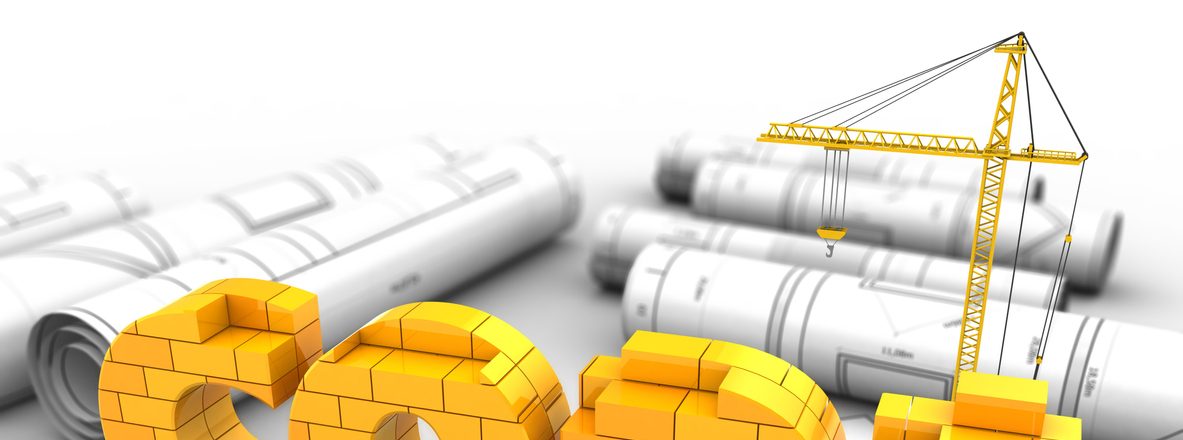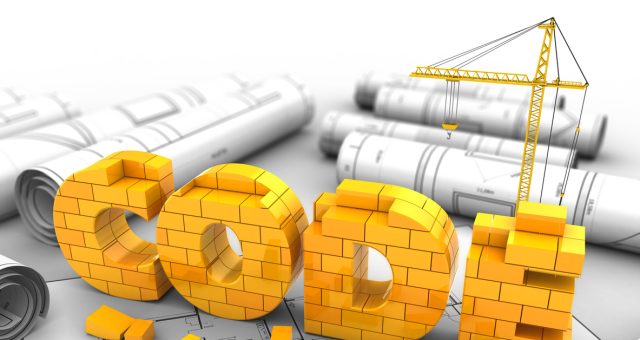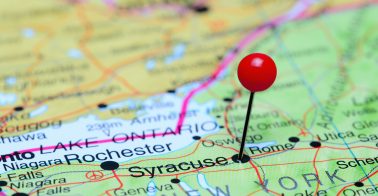Up To Code? Changes Ahead


How disaster resistant are our buildings? Not nearly enough, say experts from a diversity of agencies and fields. With climate change happening faster than updates to codes, efforts are underway to improve the standards that keep us safe.
Disaster-Resistant
Currently, according to Daniel Bass, an architect with the Federal Emergency Management Agency (FEMA), “only about a third of the U.S. is covered by disaster-resistant codes.” Reporting from a gathering of experts at a recent Building Innovations conference, Construction Dive further shares:
Although climate risks interact with each other, building and zoning codes are not meshed accordingly and vary by locality. Wildfires, for example, must be addressed at a community and neighborhood level, since a fire at one building threatens all the structures around it. For the most part, buildings in the U.S. are not designed for future conditions or even current climate change-fueled extreme weather….Plus, people increasingly live in high-risk areas — both because threats are growing and because people choose to build in and move to risky areas. For instance, at least 10% of the U.S. population lives in 500-year floodplains, according to NYU Furman Center, which now flood much more frequently than historically predicted. Wildfire threat is growing as well, including in areas once deemed low-risk. As data and knowledge of these threats evolve, building codes and standards must as well, said…Chad Berginnis, executive director for the Association of State Floodplain Managers.
In the face of the ongoing swell of disasters, regulatory agencies are on the move to update standards. Importantly, for example:
The newest edition of the ASCE 7, the most widely used professional standard guide used by engineers, for the first time…addresses how climate change is impacting flooding and sea level rise….The new standard ties load standards to risk categories and now bases them around the 500-year floodplain rather than the 100-year benchmark. Structures with low impact to human life, such as parking garages, still use the old standard. The ASCE/SEI 7-22 supplement also includes for the first time a flood-mitigation planning requirement relative to sea level rise over the service life of a structure….The guide also has first-ever criteria for tornado-resistant design, another form of extreme weather increasingly occurring….This new information is set to be included in the 2027 International Building Code update, and upcoming editions will have an entire new chapter for future conditions that address flooding, ice, wind and more.
Public Commitments
Of course FEMA is also at work on updates, including flood maps, a “Future of Flood Risk Data” initiative, and an “IIJA-funded National Initiative to Advance Building Codes” which aims to match “climate resilience with energy standards, equity and other criteria.” Of course updating codes and standards for the future is not enough: investment in real-time recovery efforts is critical too, and federal dollars have been allocated. In fact, “Since Hurricane Sandy in 2012, the federal government has spent billions of dollars trying to make American communities more resilient to the effects of climate change through investments in sea walls, storm drains, building science, forest management and other strategies….” Currently, builders can anticipate more disaster relief funding coming to impacted areas across the country: FEMA “has provided historic levels of mitigation funding to help communities build resilience,” including the recent designation of nearly 500 communities as “disaster resilience zones,” making them eligible for more federal funding.
Ready to dig in and get it done? Bid more and better with The Partnership Account® for Contractors working for you.
With The Partnership Account® on your side, you’ll use our power of attorney to issue your own bid bonds, in minutes. Order performance bonds with speed and ease too. Plus, you’ll bid and win more then ever as you leverage your:
- surety line of credit—in writing;
- private digital dashboard;
- daily snapshot of single and aggregate limits
- ability to update work on hand—and increase your aggregate.
Get started right now—and get your free scores too:
Pre-Qualify and Get Free Scores Here.
Founded in 1930, Colonial Surety Company is a leading direct seller and writer of surety bonds and insurance products across the USA. Colonial is rated “A Excellent” by A.M. Best Company and U.S. Treasury listed. Let’s connect today: Colonial Surety.

